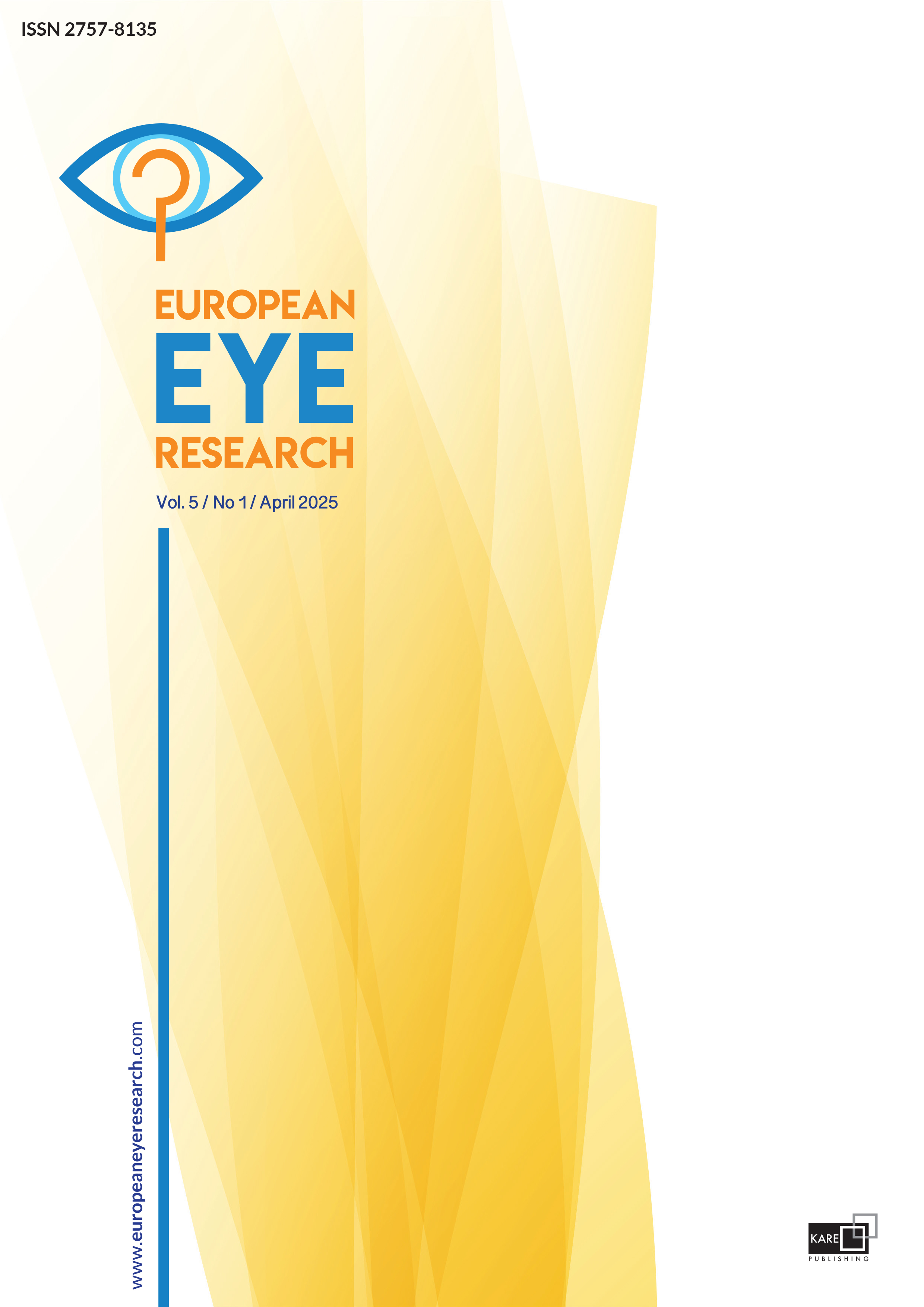

Comparison of intraocular lens power calculation formulas in patients with cataract and maculopathy
Mehmet Esat Teker1, Cumali Değirmenci2, Filiz Afrashi2, Sait Eğrilmez21Department of Ophthalmology, Omer Halisdemir University Faculty of Medicine, Nigde, Turkey2Department of Ophthalmology, Ege University Faculty of Medicine, Izmir, Turkey
PURPOSE: The purpose of the study was to compare the effect of biometric formulas used in calculating intraocular lens (IOL) power on target refraction when planning cataract surgery in patients with diabetic macular edema (DME), age-related macular degeneration (AMD), or epiretinal membrane (ERM).
METHODS: The study was carried out in the Ege University Medicine Faculty Department of Ophthalmology after obtaining local ethics committee approval. Sixty-two eyes with cataracts and ERM, AMD, or DME that increased retinal thickness were included in the study group. Fifty-four eyes with cataracts and no retinal pathology were included in the control group. Lens power calculations based on measurements obtained with optical and ultrasound biometers were made using the SRK-T, Holladay 2, Hoffer Q, Haigis, and Barrett Universal 2 formulas and the results were compared.
RESULTS: In the study group, 31 eyes (50%) had DME, 16 (26%) had AMD, and 15 (24%) had ERM. The mean of arithmetic de-viations from target refraction was lowest with the Barrett Universal 2 formula (p>0.05). When the Haigis formula was used, there was a significant deviation in both the study and control groups, while only the control group showed a significant deviation with the Hoffer Q formula (p<0.05). There was no significant difference between the groups in terms of absolute deviations (p>0.05).
CONCLUSION: In cataract patients with maculopathy and increased retinal thickness, the likelihood of inaccurate IOL power calculation was lowest with the Barrett Universal 2 and highest with the Haigis formula. These results should be further examined in larger patient series.
Manuscript Language: English



